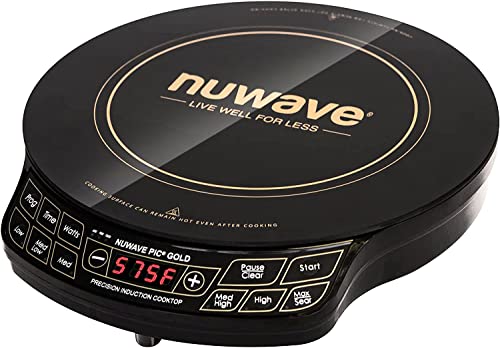Sabatical said:
Just picked up the freebie multi meter when i bought the kill a watt at harbor freight today. I'm gonna give it to one of my boys, but he won't mind if i try it out first. It has a 10a dc setting.
So just read across the terminals at the input side of the inverter or what?
Across the inverter input there is 12 volts from the battery. Don't put amp meter there. The cold cranking amps will smoke the meter. To measure amps you have to open the circuit and put the amp meter between the source and the load.
I have used the Harbor Freight meter to measure the starting current on a 466 cubic inch diesel school bus. Here's how. Get a 12 inch long piece of awg 10 wire. It needs to be stranded to be flexible and it really needs to be copper, not copper clad aluminum. Get a 3 to 6 foot long piece of 16 awg or smaller zip cord. 22 awg will work fine. Get two ring terminals that will fit on your battery studs and inverter input studs. On each end of the #10 wire crimp on a ring terminal with a #16 wire too. At the other end of the zip cord crimp a pair of butt connectors. Stick the two volt meter leads into the butt connector open ends and squeeze with the crimper just enough so that the meter leads have some friction yet are still easily pulled out.
What you then have is the volt meter with each lead connected to a #16 wire. Then a few feet of #16 to each end of a foot long piece of #10. Each end has a ring terminal stuffed with the #10 and a #16.
To measure amps into your inverter disconnect the minus input to the inverter. Connect one end of the #10 wire ring terminal to the inverter. With a small nut and bolt connect the other end of the #10 wire ring terminal to the wire you just removed from the inverter. Set the meter to the DCV 200m setting. You now see inverter amps up to 200. Set the meter to 2000m and you see up to 2000 amps. 2000 amps is a lot for #10 but for just a second it will survive 600 to 800.
The #10 wire has resistance, .001 ohms per foot. The current causes voltage drop. With the zip cord connected to each end of the #10 wire you can measure that voltage. Your meter is located at a convenient distance. This set up should give 10% accuracy. The meter also has about the same accuracy. So, if the meter indicates 50.0 millivolts you have 50 amps plus or minus 20%, so the actual current is 40 to 60. This is sufficient accuracy for most troubleshooting.
You can buy a .001 ohm 50 or 100 amp shunt resistor to get real accuracy. Instead of a 12 inch piece of #10 a 12 an a quarter inch piece will leave close to 12 inches between the points where the #16 wires make contact.
Another way is to cut a butt connector in half. Strip an inch of #10 and slide the half butt connector over the wire. Get the #16 under the half butt connector too and crimp the two together. Then put on the ring terminal. Do the same at the other end so that there is 12 inches between the half butt connectors. Zip tie the #16 and the #10 an inch back to keep joint from stress.
















































































